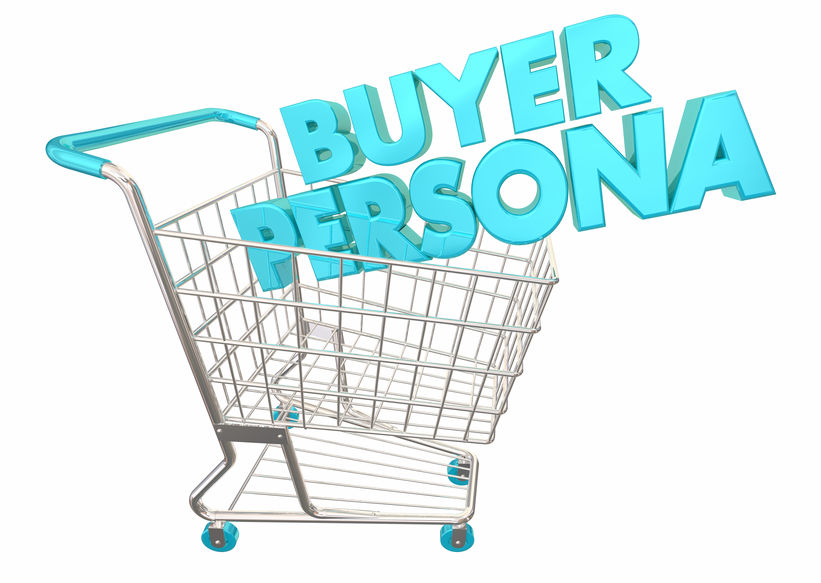
The B2B marketplace has changed significantly since digital, internet-based communication has become king. With the vast number of interactions occurring digitally, often we’re interacting with prospects and customers before we know it. In fact, most B2B buyers are already 57% of the way through the buying process before they meet with a representative. To better connect early on, it’s important to have a clear understanding of the buyer personas, or the profile and characteristics of your target audiences. While each industry and the buyers within them are a little different, some trends extend across most business segments. With that in mind, here are five statistics that help define B2B buyer personas.
5 B2B Buyer Personas Statistics

- Approximately half of all B2B researchers and buyers are millennials. Millennials now represent the largest portion of the workforce at 38%. Thus, they need to be a priority in your communications and sales strategies. Take into account the buyer persona of millennials, the media platforms and technologies they use, their value for education and understanding, and their expectations of communication type and frequency. Because one out of every two buyer interaction will involve millennials, a clear understanding of their values is essential.
- By 2044, more than half of the U.S. population will have a multicultural background. That’s a huge demographic to consider. With diversity on the rise, it’s no surprise that companies are embracing multiculturalism as a growth strategy. Like millennials, the multicultural market segment has specific buyer tendencies in technology, social media and financial interest. Also consider that in 2017, 42 percent of American millennials identified as multicultural, and that number is growing. The overlap of these identities drives the values, belief systems, financial status, education level and more of the buyers you interact with.
- 60% of B2B buyers report that mobile played a significant role in a recent purchase. “Mobile-first” is no longer a buzzword. Smartphone use now encompasses the majority of our interactions with companies and individuals. For example, 50% of today’s B2B search queries are made on smartphones, and this percentage is projected to grow to 70% by 2020. Buyers today are tech-savvy and they expect the same from your company. Whether a buyer has a brief interaction with your website on mobile, opens your newsletter via an email app or watches a webinar on their smartphone, any and all of your marketing content should be optimized for mobile. Also consider SEO, website and content design, graphics optimization and social media outreach as part of your mobile strategy.
- 62% of buyers say they can make a business decision based on online content alone. Today’s B2B buyers focus on expertise, credibility and reliability. One of the best ways to showcase these qualities is through content. Not only does content improve SEO, web traffic and lead generation, it supports thought leadership to position your firm as a trailblazer in your industry. When buyers discover and engage with content that demonstrates your expertise and supports your brand and values, they’re more likely to trust your company. Since 82% of buyers viewed at least five pieces of content before deciding to make a purchase, be sure your content provides value, encourages engagement and follows a consistent frequency of contact.
- 85% of B2B vendors said they were open and honest about their product during the sales process, yet only 36% of B2B buyers believe they got the full picture from their vendor. There is an increasing demand for transparency in the B2B marketplace. With the large number of decision makers and the lengthening of the sales funnel, buyers want to feel thoroughly confident in a product, service and company before making a purchase. This can be accomplished through the alignment of sales and marketing teams. Both teams need to be educated, well-informed and brand-aligned. This will lead to transparency in communicating with prospects. Make contact information easy to find for prospects, and information on pricing, ROI, testimonials and reviews readily available. Transparency doesn’t stop at financial information or sales interactions. Content marketing, an accessible website and social media assist in building transparency and credibility.
Convert Prospects Into Buyers

Understanding your target market is a major factor in successful marketing. That’s one reason it is important to tune into the nuances in your industry that reflect buyer personas. These are comprised of societal influences, behavioral trends and cultural changes in the marketplace. Additionally, consider overarching values, belief systems, motivations, pain points and common objections of potential buyers. In this digital age, customers are constantly bombarded with information. By using buyer personas, marketers can develop strategies and implement tactics that will stand out from the crowd, capture the attention of their audiences and convert them from prospects into buyers.
